How to Choose the Right Rigid Box Making Machine for Your Business?
Choosing a rigid box machine feels complex? The wrong machine wastes money and hurts production. Let’s break down how to pick the perfect one for your needs.
Select a rigid box machine by assessing your box types, production volume, automation level needed, budget, and supplier support. Consider future growth. Prioritize reliability and technology like advanced spotting systems for accuracy.
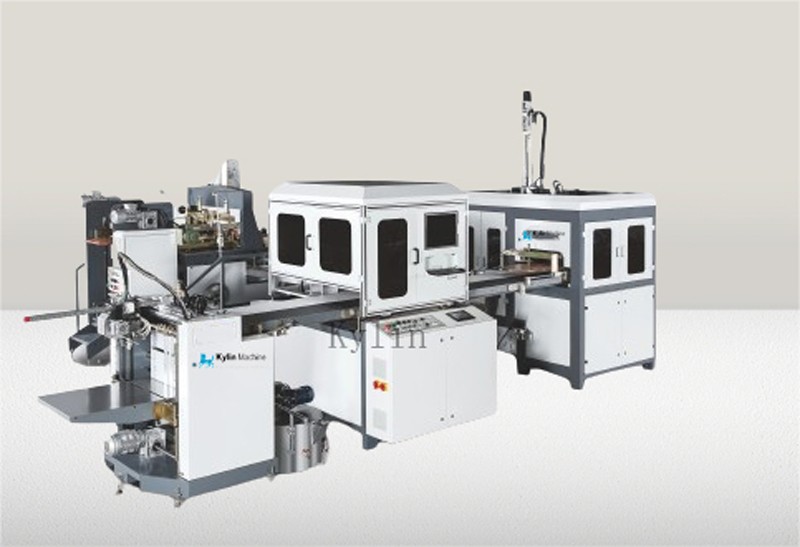
Making the right choice sets your business up for success. Before diving into specific machines, let’s understand the products they create. Knowing the boxes helps you choose the right equipment, and I want to guide you based on my experience here at Kylin rigid boxes making Machine.
What are the Different Types of Rigid Boxes You Can Make?
Confused by box styles? Producing the wrong type loses clients. Understanding box variations helps you target the right market and choose the right machine capabilities.
Common rigid boxes include telescope (lid/base), hinged lid, drawer (slipcase), and book style. Collapsible rigid boxes are also popular for saving space. Each type might need specific machine features or setups.
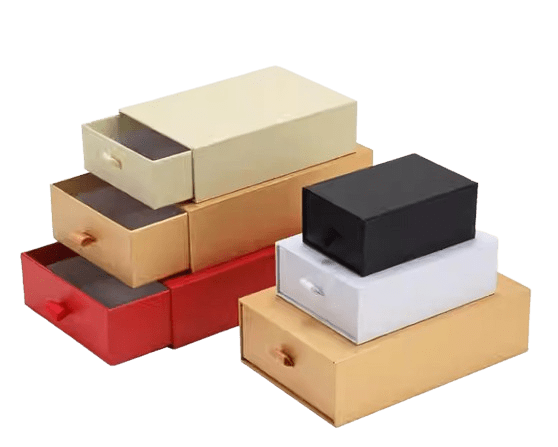
Understanding the common types of rigid boxes is the first step. Each style has its own look and feel, often used for specific products. Knowing these helps you decide what capabilities you need from your machinery. At Kylin Machine, we design our equipment to be versatile, but some box styles have unique requirements.
Common Rigid Box Styles
| Box Type | Description | Common Uses | Machine Considerations |
|---|---|---|---|
| Telescope | Separate base and lid; lid fully or partially covers base. | Shoes, board games, gifts | Lid/base depth, potential for deep draw |
| Hinged Lid | Lid is attached to the base, often along one edge. | Luxury goods, electronics | Hinge creation, wrap application around hinge |
| Drawer (Slipcase) | Box slides out of a sleeve, like a matchbox. | Jewelry, small electronics | Precise fit between sleeve and drawer |
| Collapsible | Ships flat, easily assembled by the end-user. | E-commerce, space-saving | Special folding/gluing points |
| Book Style | Opens like a book, often with magnetic closure. | Presentation kits, software | Spine creation, closure integration |
Choosing a machine isn’t just about one box type. Many businesses, like our customers in the graphic arts and paper converting industries, need flexibility. Consider the range of boxes you want to offer now and in the future. Machines with easier setup changes or broader capabilities, like some of our Kylin models, can be a better long-term investment. Think about the primary markets you serve – cosmetics, electronics, food – and the packaging styles they prefer.
How Do You Actually Manufacture Rigid Boxes?
Unsure about the rigid box production steps? Manual processes are slow and inconsistent. Understanding the automated workflow shows how machines boost efficiency and quality.
Rigid box manufacturing involves cutting board, grooving (V or U), corner pasting, positioning the wrap, wrapping the paper, and final forming/pressing. Automation through specialized machines streamlines these steps for high-volume production.

Making a rigid box looks simple, but it involves several precise steps. Getting these right consistently is key to quality. Manual production is possible for very small runs, but for any scale, machinery is essential. I’ve seen many businesses struggle with bottlenecks before automating. Here’s a breakdown of the typical automated process:
The Rigid Box Manufacturing Workflow
- Board Preparation: It starts with the raw material, usually greyboard or chipboard. Large sheets are cut or slit down to the size needed for the box blanks. Accuracy here prevents issues later.
- Grooving: This is crucial for sharp, clean edges. A grooving machine cuts V or U-shaped channels part-way through the board where it will be folded. This allows for 90-degree folds without cracking the board. The precision of the groove dictates the final box quality.
- Corner Pasting: Small pieces of heat-activated tape are applied to the corners of the flat, grooved blank. This holds the sides together after folding, giving the box its basic shape and structure before wrapping.
- Gluing and Spotting (Positioning): A printed or plain wrap (paper, fabric) is coated with glue. Then, the formed box structure (from step 3) needs to be placed accurately onto the glued wrap. This is called ‘spotting’. Accuracy here is critical for the final appearance. This is where technology like our Kylin Robotic Spotter systems makes a huge difference, ensuring perfect placement every time.
- Wrapping and Forming: The glued wrap is folded up and around the box structure. Machines carefully turn the edges of the wrap over the top edge of the box and press it down smoothly inside. Air bubbles are pressed out, ensuring a tight, clean finish. This often involves folding, turning-in, and pressing operations.
Each step relies on the previous one. An error in grooving affects folding; poor spotting ruins the wrap alignment. That’s why integrated and automated lines are so effective. They ensure consistency and speed that manual or semi-auto processes can’t match, which is vital for our B2B customers needing reliable output.
What Specific Machines Are Used to Make Rigid Boxes?
Overwhelmed by machine types? Investing in the wrong equipment is costly. Knowing the core machines helps you build the right production line for your needs.
Key machines include board cutters, grooving machines, corner pasting machines, and automatic rigid box makers (or case makers/wrappers). Gluing systems and positioning systems (spotters) are critical components, often integrated.

Building a rigid box production line involves several key machines. You can have standalone units for each step or invest in more integrated, automatic lines. The choice depends on your volume, budget, and flexibility needs. As a manufacturer, we at Kylin Machine offer solutions across this spectrum, but we specialize in high-technology systems.
Core Rigid Box Machinery
- Board Slitter/Cutter: While basic, precise cutting of the initial board is fundamental. Not typically part of the ‘box making machine’ itself, but essential for the process.
- Grooving Machine: Creates the V or U grooves for folding. Can be manual, semi-automatic, or fully automatic integrated into a line. Consistency in groove depth and position is vital.
- Corner Pasting Machine: Applies tape to the corners of the flat blank before forming. Usually automatic and relatively fast.
- Automatic Rigid Box Maker (Wrapper / Casemaker): This is the heart of the operation for many. It combines several functions:
- Gluing: Applies adhesive to the wrap sheet.
- Spotting: Places the formed box structure onto the glued wrap. This is a critical step where accuracy matters most. Our Kylin high-tech Robotic Spotter systems offer exceptional precision here.
- Wrapping & Forming: Folds the wrap around the box, turns in the edges, and presses for a finished look.
- Gluing System: Often integrated into the automatic box maker, but crucial. Hot-melt or cold PVA glue systems are common, each with pros and cons regarding drying time, cost, and application.
- Positioning System (Spotter): As mentioned, this ensures the box base is perfectly centered on the wrap. Older systems used mechanical methods or basic sensors. Modern systems, like Kylin’s Robotic Spotter, use vision systems and robotic arms for unparalleled accuracy and speed, handling various shapes and sizes efficiently. Our Hybrid machines offer flexibility, combining different technologies.
When choosing, consider the level of automation. Semi-automatic lines require more operator intervention between steps. Fully automatic lines integrate grooving, corner pasting, spotting, and wrapping for higher speeds and lower labor costs, ideal for large-scale operations common among our clients in packaging and printing.
Why Are Rigid Boxes Considered Expensive Packaging?
Customers question rigid box costs? Justifying the price is tough. Understanding the cost factors helps explain the value and highlights where efficient machinery saves money.
Rigid boxes are expensive due to quality materials (thick board, premium wraps), complex multi-step manufacturing, often requiring precise machinery or skilled labor, lower production speeds compared to folding cartons, and their association with luxury products.
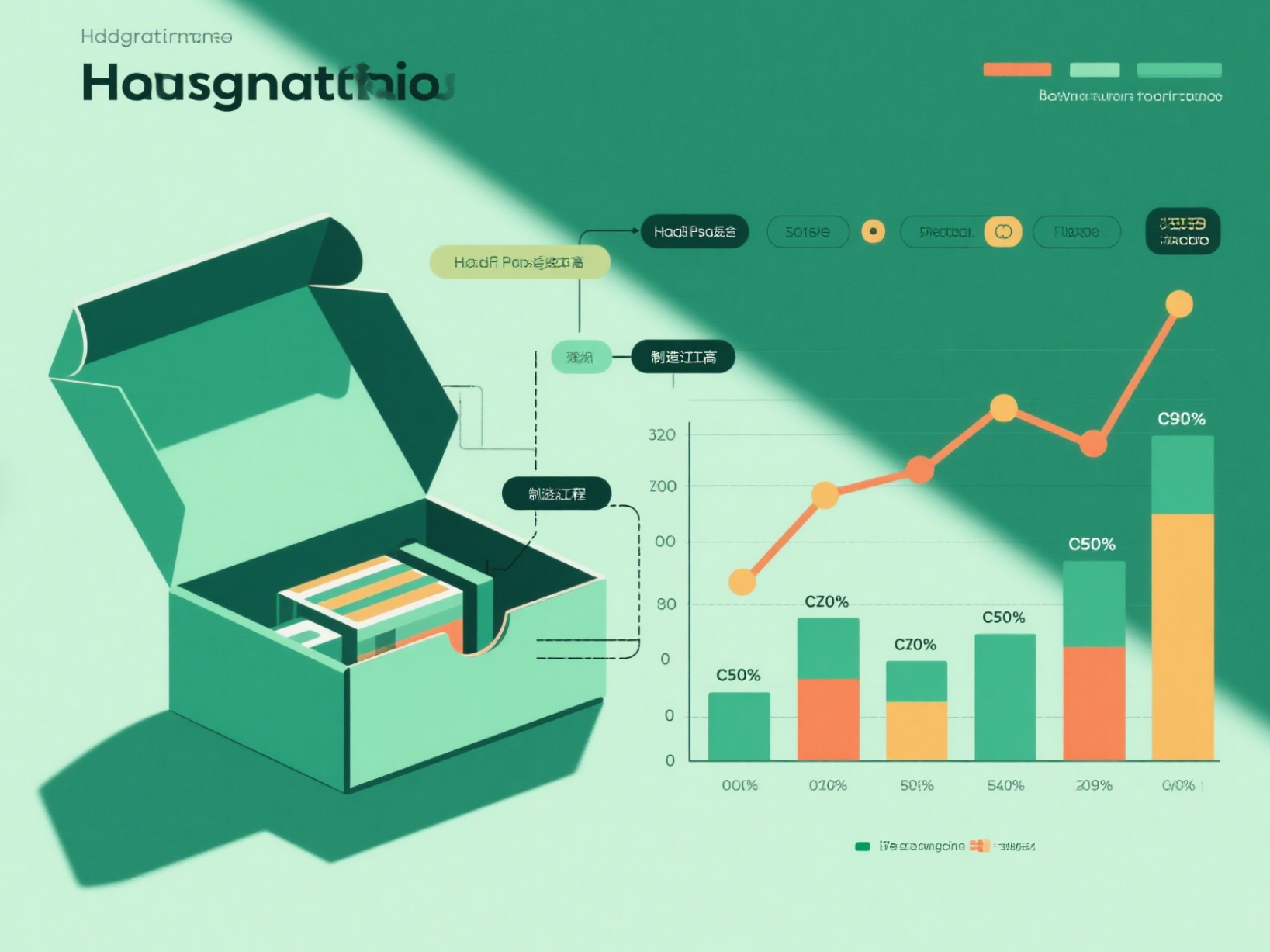
Rigid boxes project a premium image, but that comes at a cost. I often discuss this with clients who need to explain pricing to their customers. Understanding why they cost more helps justify the investment in quality packaging and the machinery to produce it efficiently.
Key Cost Drivers for Rigid Boxes
| Factor | Details | Impact on Cost | How Kylin Machines Help |
|---|---|---|---|
| Materials | Thicker greyboard (1-3mm), high-quality wrap papers (textured, foiled, printed), adhesives. | Significantly higher material cost per box compared to folding cartons. | Efficient material handling, minimizing waste through accurate processing. |
| Manufacturing Complexity | Multi-step process (cut, groove, paste, spot, wrap, form) requiring precision at each stage. | More machine steps or labor involved, increasing production time and cost. | Integrated, automated lines streamline the process, reducing touchpoints. |
| Machinery & Labor | Requires specialized, often expensive machinery. Skilled operators may be needed for setup/QC. | High capital investment for machinery; labor costs add up, especially with less automation. | High-speed, reliable machines reduce labor needs per unit; advanced tech (Robotic Spotter) ensures quality, reducing rework. |
| Production Speed | Generally slower production speeds compared to high-speed folding carton lines. | Higher manufacturing cost per unit due to lower throughput. | Our focus on efficient, high-tech machines maximizes output speed for rigid box production. |
| Setup Time | Changing box sizes or styles on machinery can involve setup time. | Downtime between runs adds to overhead costs, especially for short runs. | Modern Kylin machines often feature quicker setup routines and flexibility (e.g., Hybrid models). |
| Perceived Value | Used for luxury goods, electronics, gifts – the packaging itself adds to the product’s premium feel. | Brands are willing to pay more for packaging that enhances their image. | Producing consistently high-quality boxes helps our customers command premium prices. |
While the cost is higher, the value is undeniable for the right product. Investing in efficient, reliable machinery like ours at Kylin Machine helps our B2B customers manage these production costs effectively. By optimizing speed, accuracy (especially with our Robotic Spotter), and reducing labor dependence, they can produce premium rigid boxes more competitively.
Conclusion
Choosing the right rigid box machine involves understanding box types, the process, key equipment, and costs. Kylin Machine offers reliable, advanced solutions to meet your production needs.
Written by Jacob from Kylin Machine (www.kylinmachines.com), your partner in advanced post-press solutions from China.

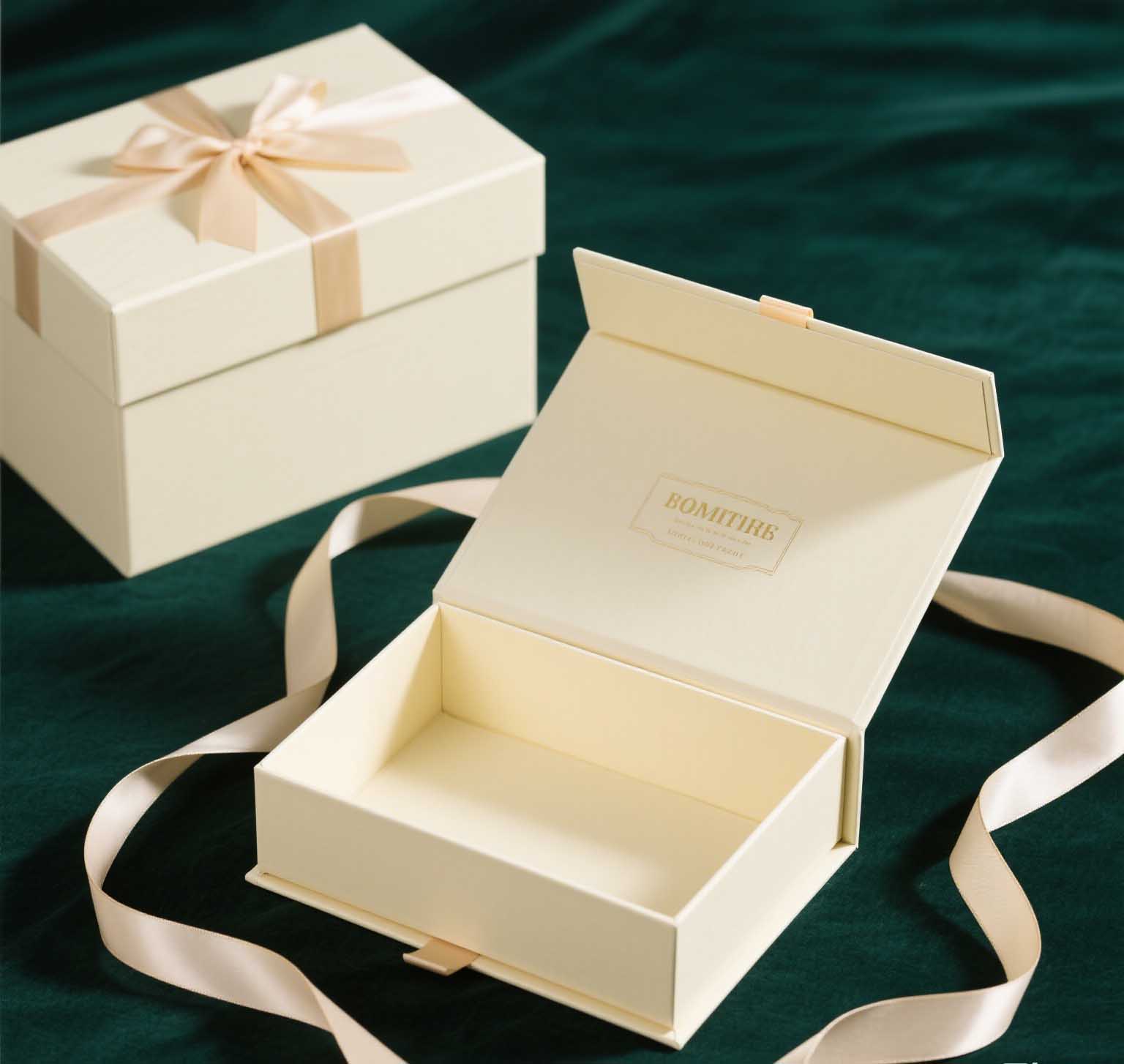
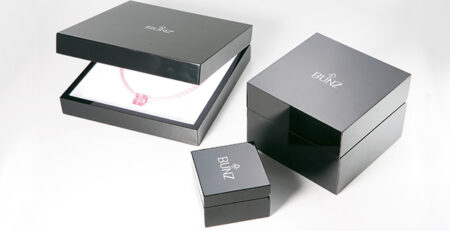
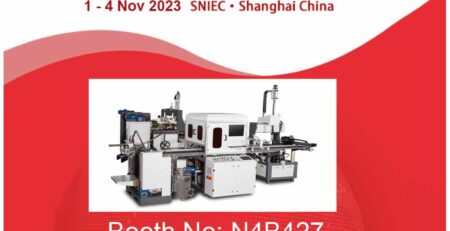
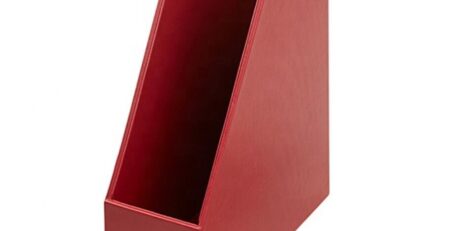

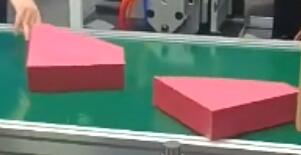
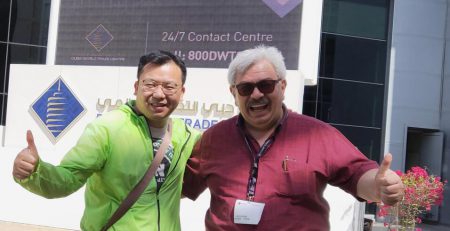

发表回复